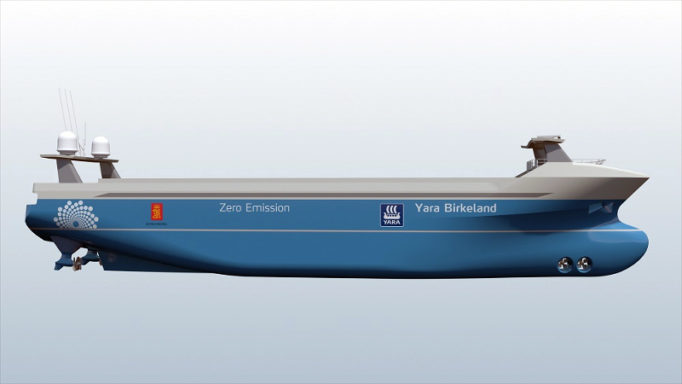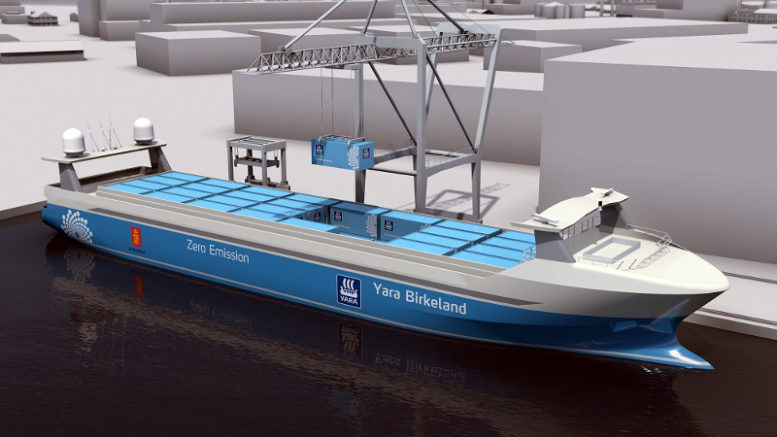Automation is only going one way. How will it impact you? It’s estimated that tens of thousands of dollars could be saved each day by introducing automation to a single container vessel – but is this realistically on the horizon? We’ve spoken at length about drones being used in the future, but what about ships and ports?
Ports. Container cranes at Maasvlakte 2 are unmanned and pretty much fully automated. Aside from a few small processes, computers manage the whole operation.
Moving forward, this could be used on a larger scale to speed up the shipping supply chain process, but there are some concerns. Digital errors, unchecked by human eyes, could cause damage or harm. There’s also the risk of criminals hacking into the system.
Ships. Entirely unmanned, or hosting a small skeleton crew, self-piloting and self-managing – possibly out for testing later this year.
The YARA Birkeland Autonomous Container Vessel plans to be operational on a sea route between Brevik, Herøya and Larvik Ports in southern Norway by 2020.
The ship’s navigation and autonomous operations will be supported by a number of proximity sensors, including a radar, a Light Detection and Ranging (LIDAR) device, an automatic identification system (AIS), an imaging system and an infrared (IR) camera. As well as shipping, there are plans for autonomous cruise ships too.
The looming downside is, of course, a lack of jobs, which will impact the shipping industry. That’s not to say this will see jobs lost immediately, with ships like the YARA Birkeland Autonomous Container Vessel costing 3 times more than a similar sized conventional ship, and plenty of regulatory and legal requirements to iron out. We don’t expect to see fully autonomous shipping just yet.
Martek Marine will continue our mission to revolutionize ship safety, performance and crew welfare. Where automation is a benefit for the industry as a whole, you can guarantee we’ll be leading the way.
